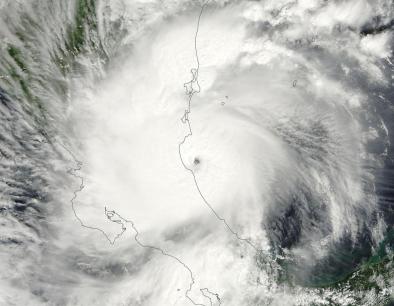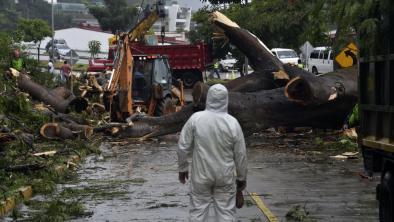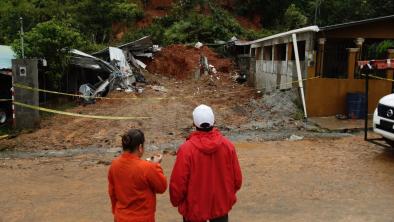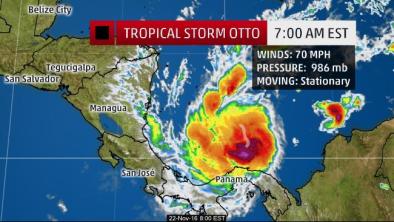Hurricane Earl--First Caribbean Hurricane Since Sandy of 2012--Hits Belize

Hurricane Earl--the first hurricane in the Caribbean since Hurricane Sandy of 2012--made landfall near Belize City, Belize as a Category 1 storm with 80 mph winds near 2 am EDT Thursday, August 4, 2016. Earl was the strongest hurricane to hit Belize since Hurricane Richard on October 23, 2010, which made landfall as a Category 2 hurricane with 100 mph winds. Earl's strongest winds observed at the Belize Airport were sustained at 34 mph, gusting to 58 mph, between 10 pm and midnight local time on Wednesday evening. However, data stopped transmitting at 3 am when the center of the storm reached the airport. A personal weather station on Ambergris Caye, which received a battering from a portion of Earl's northern eyewall, recorded sustained winds of 46 mph, with a wind gust of 69 mph at 10:45 pm local time Wednesday. The station lost power shortly thereafter. Damage is likely to be significant in Belize City.
...
Satellite loops and Belize radar on Thursday morning showed Earl was steadily weakening as it moved inland over the Yucatan Peninsula, with the heavy thunderstorm activity shrinking in areal coverage and intensity. Earl will continue moving on a mostly westward track at 10 - 15 mph over the next few days, and will likely dissipate by Sunday. Earl is not likely to emerge over the Gulf of Mexico far enough to undergo any significant regeneration.
Earl grew into a large hurricane on Wednesday, and was able to tap into the Eastern Pacific as an additional source of moisture. When hurricanes are able to tap into both the Atlantic and Pacific as moisture sources, very dangerous heavy rains that affect a large portion of Mexico and Central America usually result, and Earl's heavy rains are going to be a major concern for the region. With rainfall amounts in excess of 8" expected over a swath of northern Honduras, northern Guatemala, most of Belize, and a big chunk of southern Mexico, expect to see many reports of life-threatening flash floods and landslides
Related Content






